Alright – so today we’ve got the honor of introducing you to Tanner Bosma. We think you’ll enjoy our conversation, we’ve shared it below.
Tanner, looking forward to hearing all of your stories today. Can you open up about a risk you’ve taken – what it was like taking that risk, why you took the risk and how it turned out?
In 2021 I had just completed my first year of teaching, and I was coaching diving at my alma mater high school. Things were great and comfortable! Why would I want to change that?
Despite loving teaching art I missed my personal creative practice, and deep down I knew I needed to take a leap of faith and move to NYC. I had to break out of my comfort zone, and learn to prioritize what mattered to me: taking steps towards being a full-time artist.
Covid was still causing havoc in New York, so the timing was not ideal. On top of that, I had no job lined up, I met my roommate virtually once off of Facebook, I had no friends or connections in New York, and basically had no idea what I was doing. I had every reason to put off the move, or change my mind, as it was obvious that most of the exterior signs were not aligning for a move. I am proud to say that I kept my internal promise, and realized I had way more to lose by not trying, than to gain by staying.
Fast forward almost three years and I am still on a path of growth and self-discovery, but I have made it work. I absolutely love it in New York and have gained some footing in the art community. I’ve started to create more intentionally and robustly, I’ve shown and applied to more creative pursuits than I ever have, and I’m finally finding my unique creative voice.
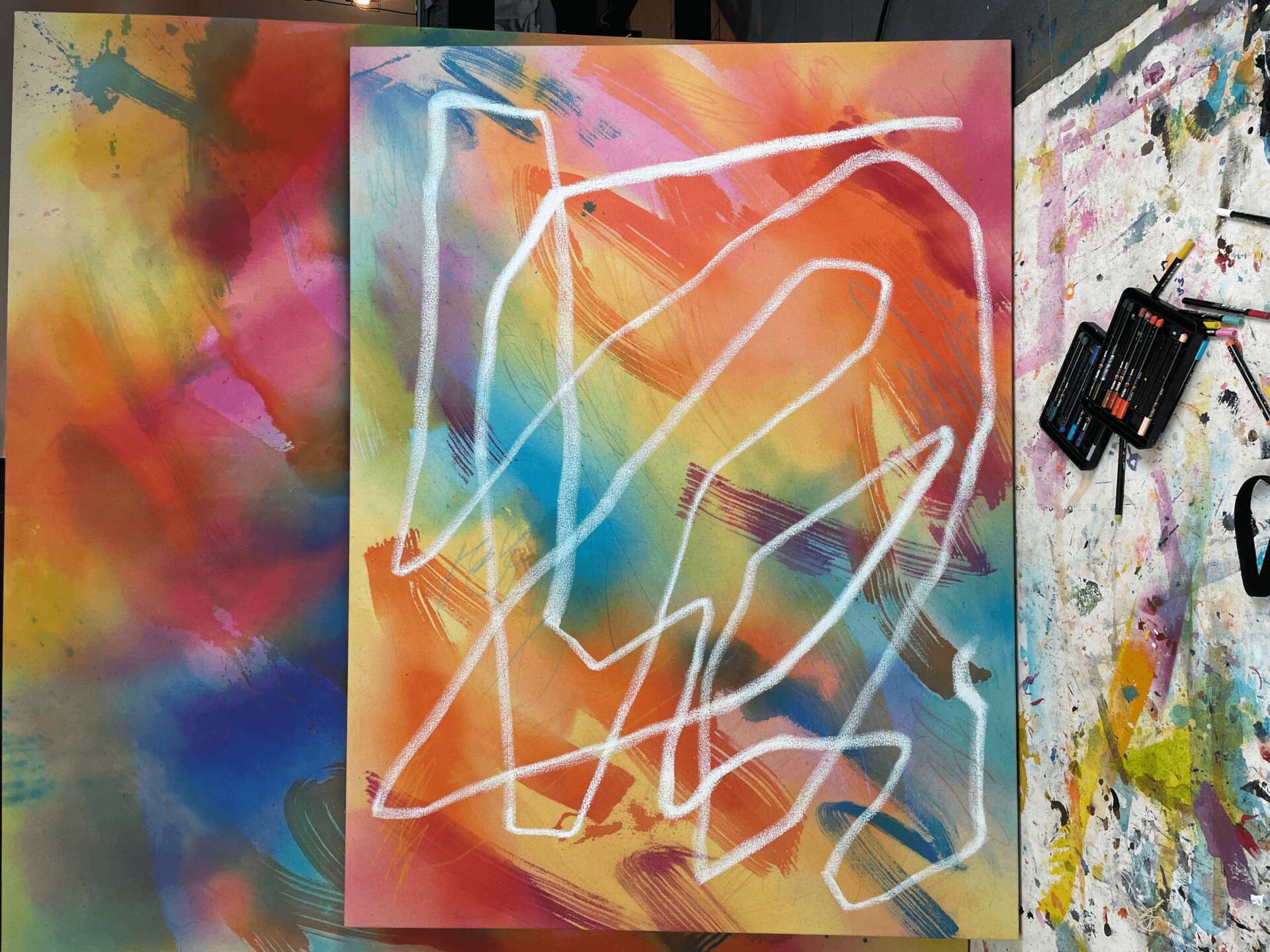
Tanner, love having you share your insights with us. Before we ask you more questions, maybe you can take a moment to introduce yourself to our readers who might have missed our earlier conversations?
My name is Tanner Bosma and I am an abstract artist living and working in Brooklyn NY and I specialize in large-scale, colorful, non-objective abstracts.
Originally from Michigan, I graduated from Western Michigan University in 2019 with a degree in Art Education and an emphasis in painting. I am currently a nanny and Trader Joe sign artist, but first and foremost a painter.
I show my work in galleries, coffee shops, restaurants, community spaces, and basically anywhere I see an empty wall space and receive a yes to display. I am open to commissions and do a few a year, but the bulk of my work is creating collections that are shown on my website and socials, and sometimes in person such as my latest collection “CMYK”.
“CMYK” debuted in April 2024 as an abstract exploration of the CMYK printing process. Heavily guided by color, I explored overlapping washes of cyan, magenta, and yellow to create a full spectrum of color. This has been my largest collection to date (41 paintings) and is the collection I am most proud of.
Here is a little glimpse into my creative process: I paint flat on the floor, often times working on 2-5 paintings at a time. It’s a very active process. I’m constantly moving around the canvases splattering and laying down layers of paint washes on raw canvas. After weeks of working on the backgrounds, I finish the compositions with details and dynamic line-work.

What’s a lesson you had to unlearn and what’s the backstory?
As I gravitated towards art growing up, I started to surround myself with ideas that enabled my drive, curiosity, and growth within the arts. This included some preconceived notions of “what being an artist is” and “what good art is”. In high school I was naive and my view of the art world was heavily influenced by opinions. I thought unless I could render a perfectly realistic portrait, I wasn’t a good artist and allowed realism to rein supreme.
Internally, I always placed a higher value on representational work. (Just go to an art museum and listen to the rhetoric in a room of Rothkos vs. Da Vincis!!) That same rhetoric was emulated in commission requests and new projects. People love (and are impressed by) a painting that looks realistic. With this preconceived notion, I began to create realistic cityscapes.
It wasn’t until I got to college that my beliefs were challenged. I was suddenly surrounded by diversity of thought and expression, I became more informed, I participated in my own research, and allowed myself to deviate from the norm. This is when I realized how inaccurate my personal biases were. As a Junior in college I was awarded an enrichment grant with the sole purpose of exploring any topic of my choosing. I had never done abstract art before, but was fascinated. So for my grant, I chose to create a collection of non-representational abstract paintings and it completely transformed my practice. I was hooked and I now consider myself a proud abstract artist. I am now no longer bound by the realism “end-all-be-all” catch.
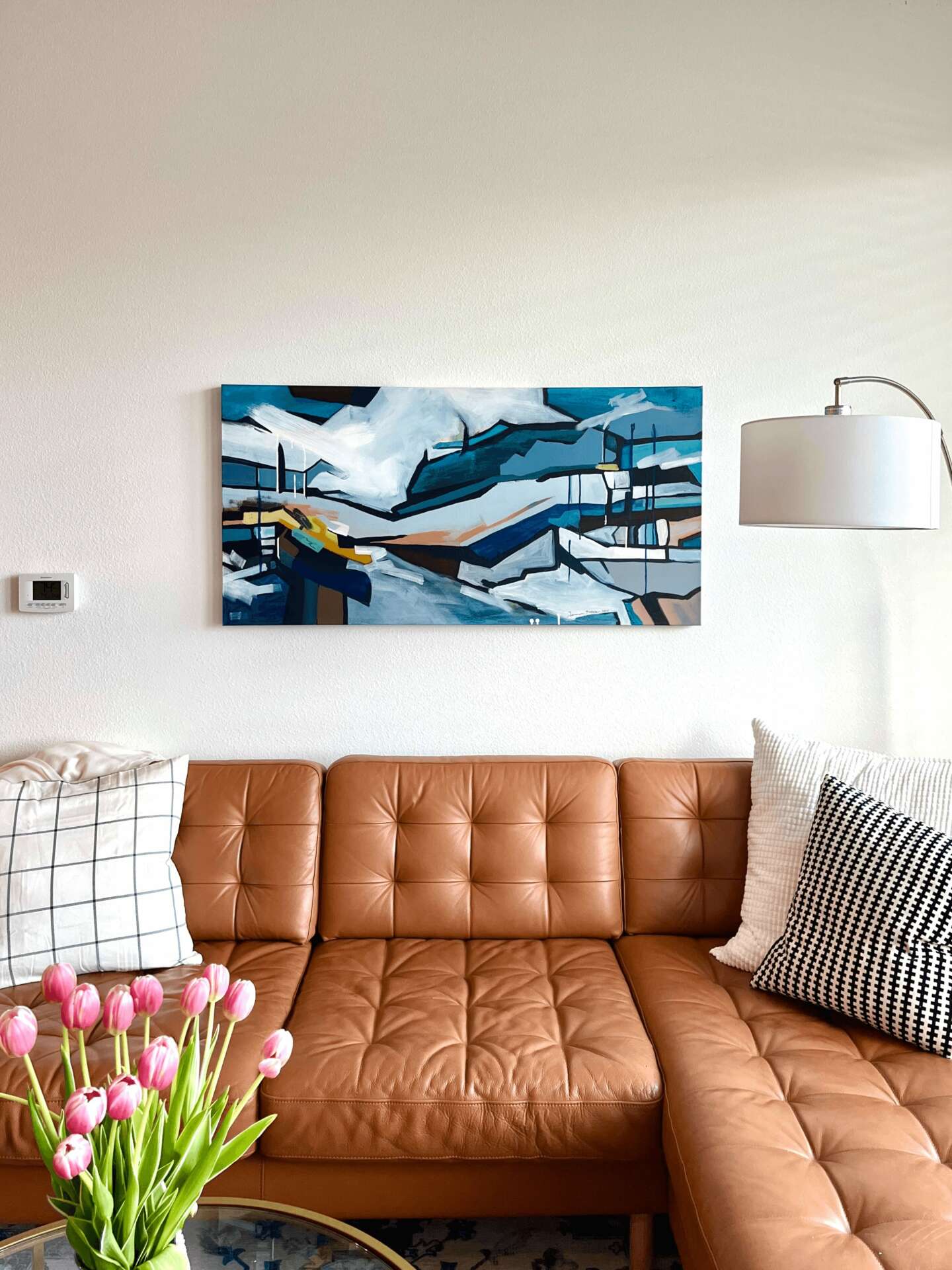
How did you build your audience on social media?
Let me start with saying I have a love-hate relationship with social media. Social media can grow your exposure, network, and even sales, but it can also be a waste of time, a negative environment, and a hindrance to your productivity. And just because you have a large following, does not mean you will start magically making more sales. I started my Instagram back in 2018 and it took me almost six years to break 3K followers, and in the past three months alone I have added 39K followers.
My two greatest tips aren’t centered around account growth. They are investing in yourself as a creative because I find that more valuable.
1.) Use social media to network. It is first and foremost a networking app that should be used to connect and bring people together. I don’t know why it took me so long to make virtual friends and slide into other creatives DMs that you respect and want to cheer on.
2.) Create an email list ASAP. I use Mailchimp and highly suggest it. You DO NOT own your social media audience and can lose your entire fanbase in an instant. An email list is the only fanbase that you 100% own. The number of missed opportunities of collecting emails at art fairs is painful to think about. You do not need to be established before creating an email list and I wish I created mine way sooner.
For account growth: As much as I hate to say it, but you have to play by the rules. That means creating consistent authentic, relatable, and enjoyable content that will keep people coming back for more. If you think you can grow your following by haphazardly posting whatever you want, 99 times out of 100 it will not work. This includes niching down so your community knows what content to expect from you. After six years I finally niched down and that was one of my catalysts for growth.
Contact Info:
- Website: https://www.tannerbosma.com
- Instagram: @tannerbosmaart
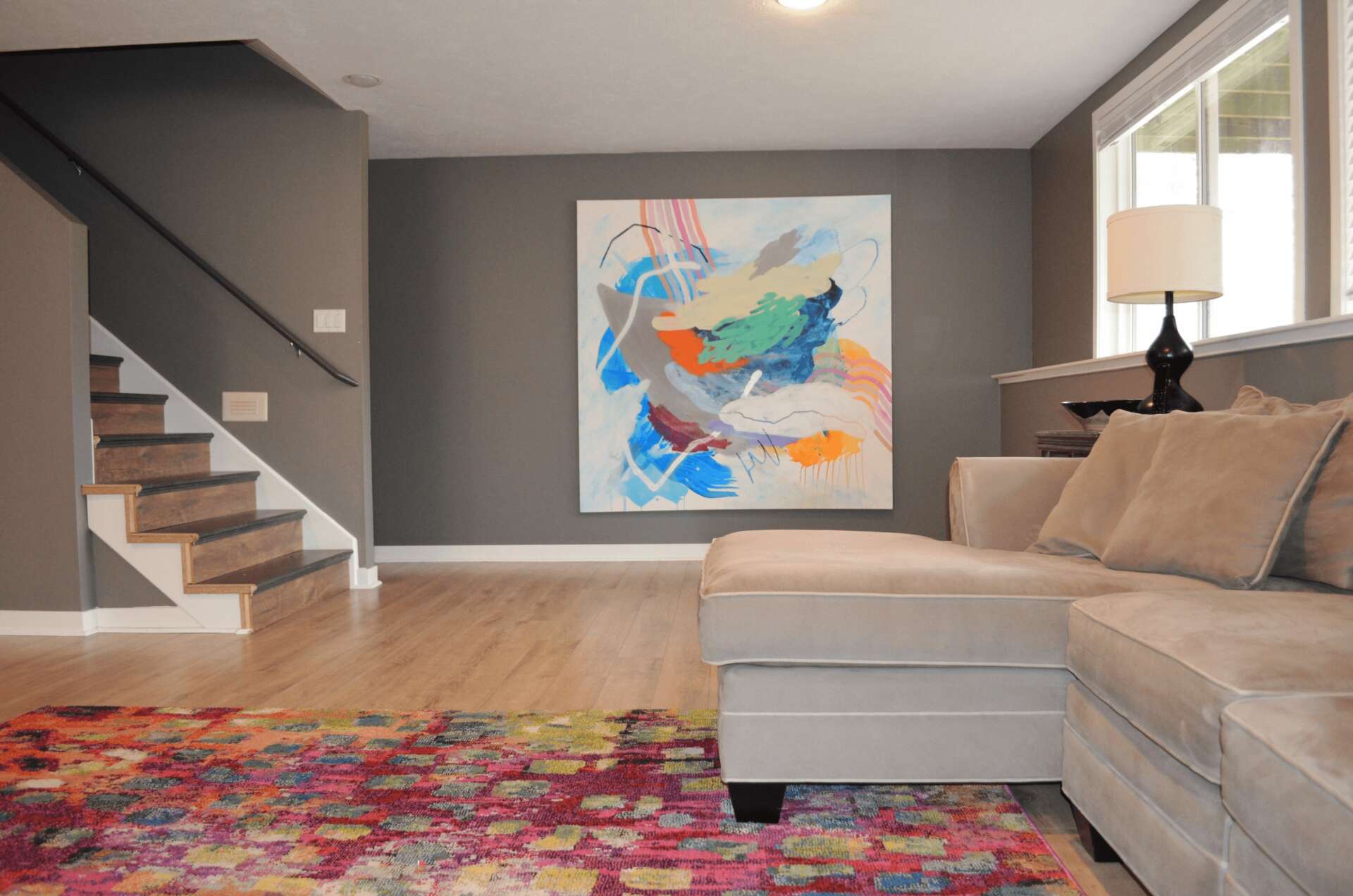
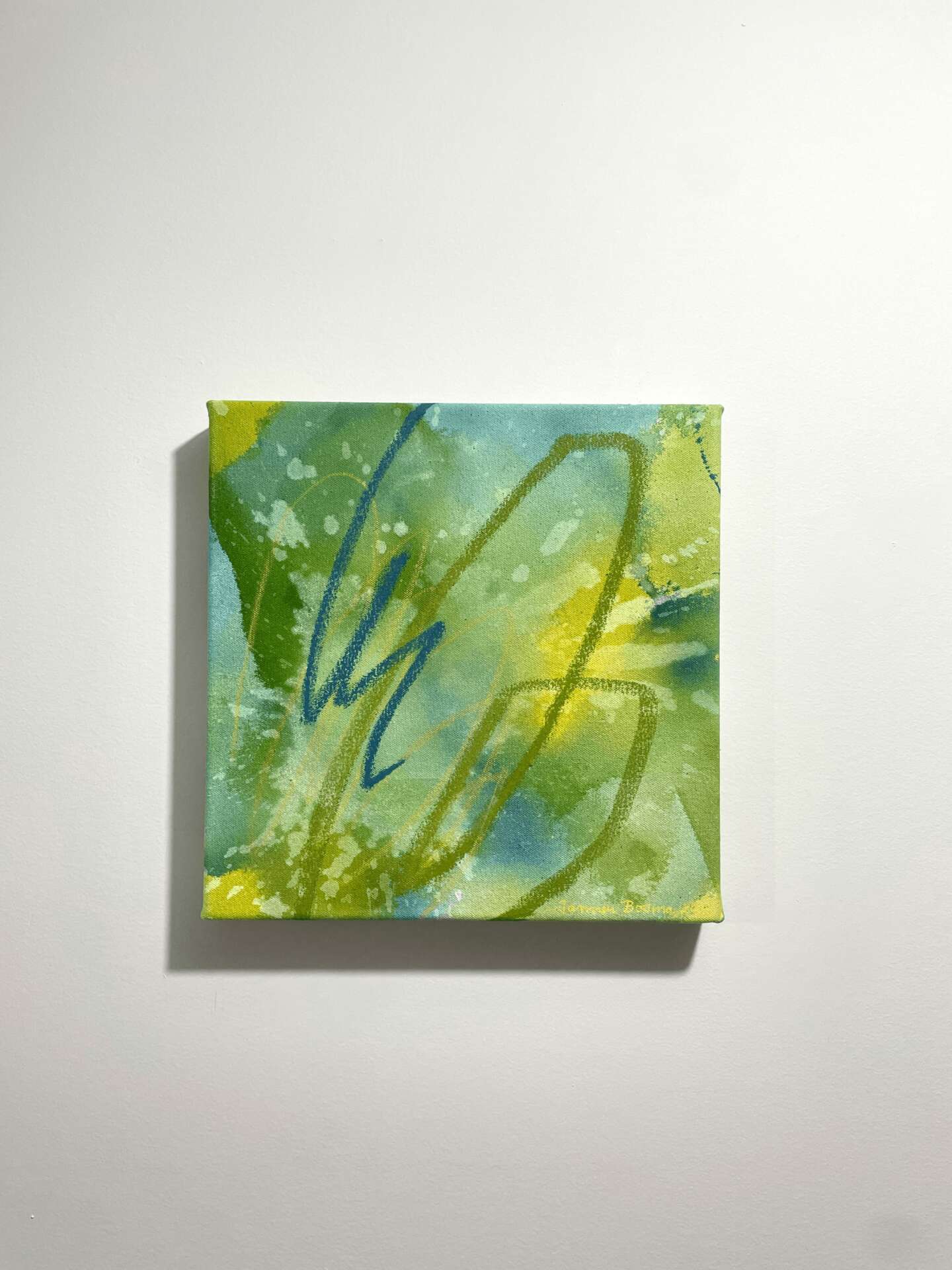
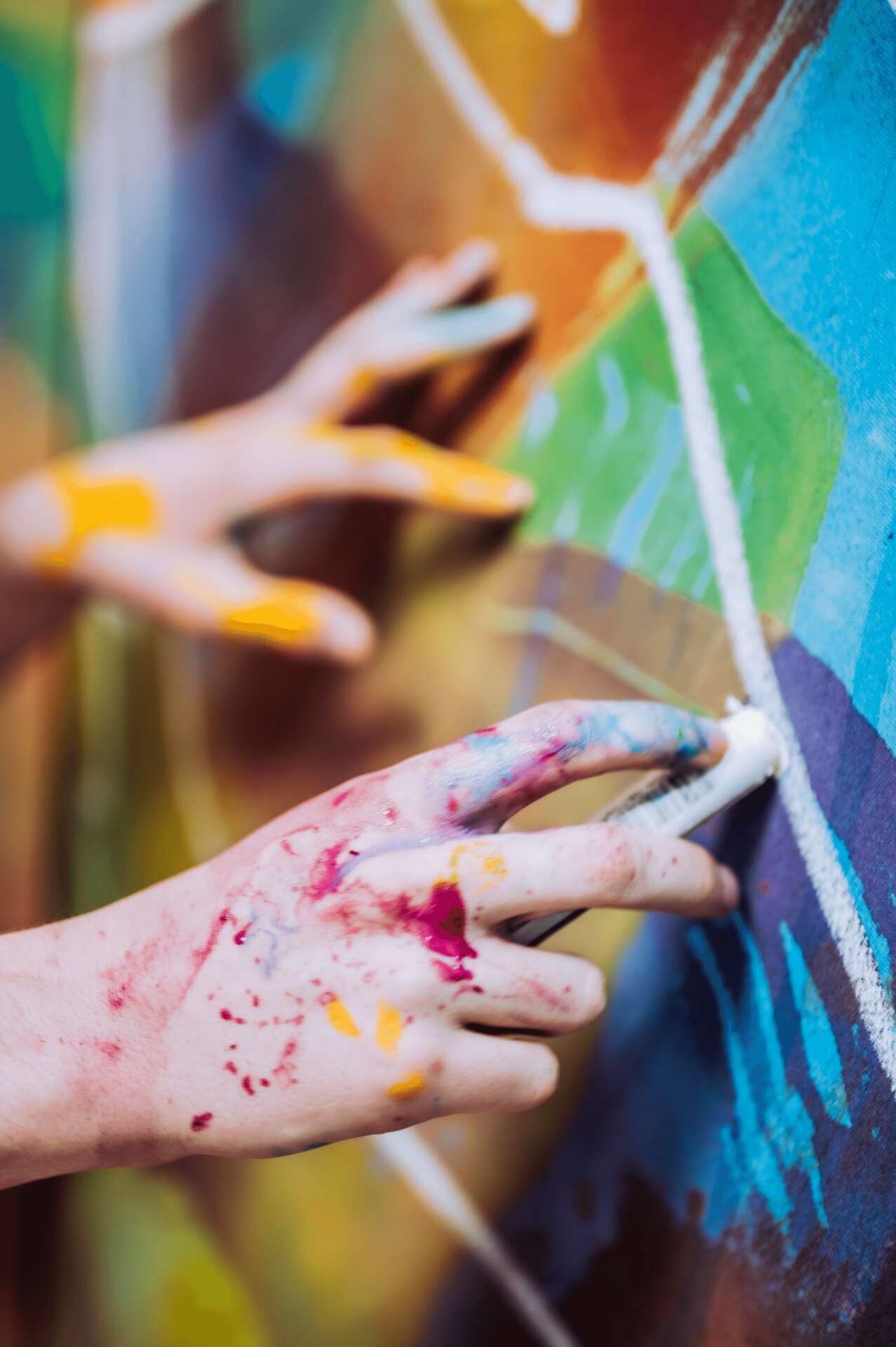
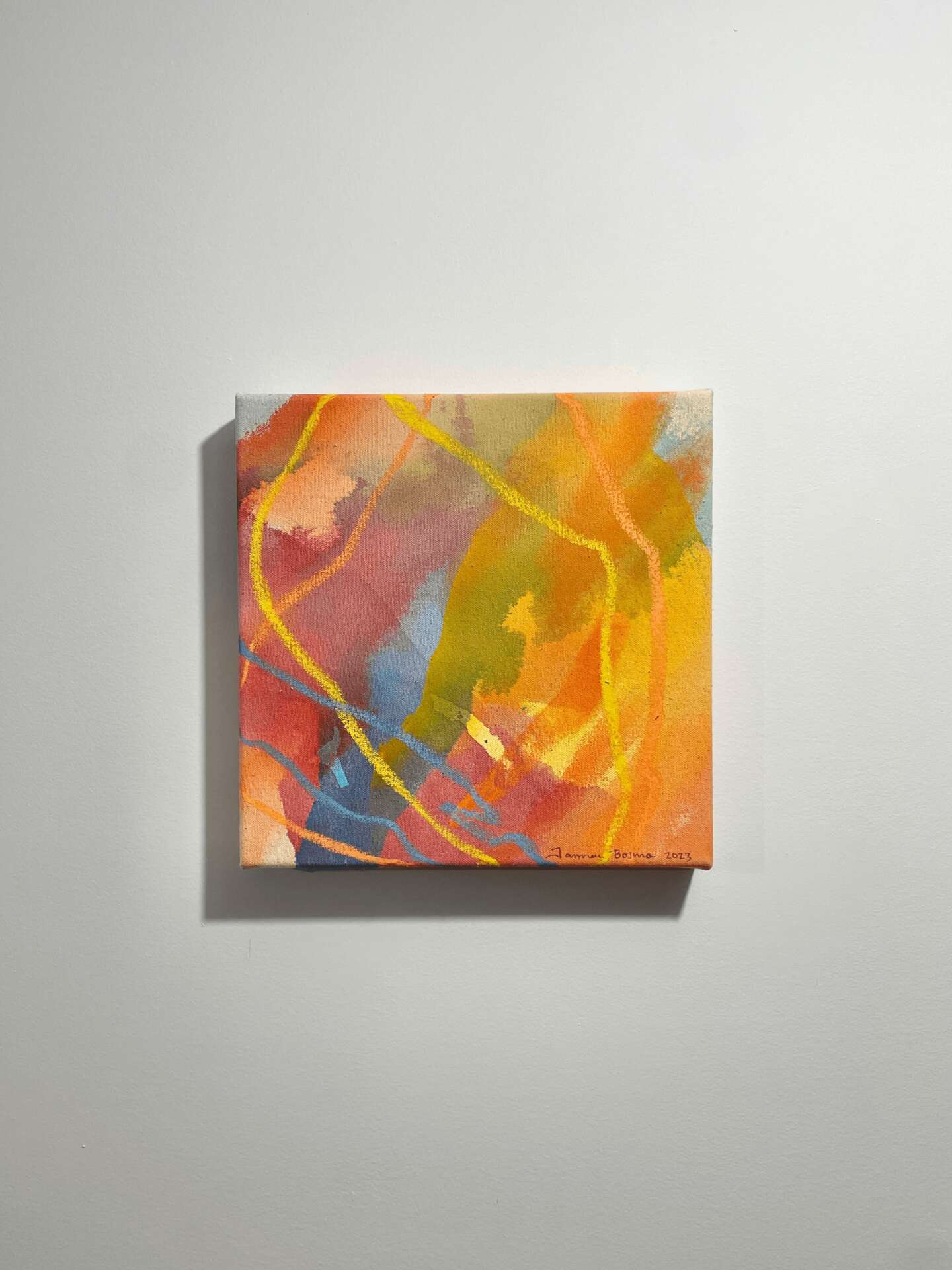
Image Credits
Nicole Bell


